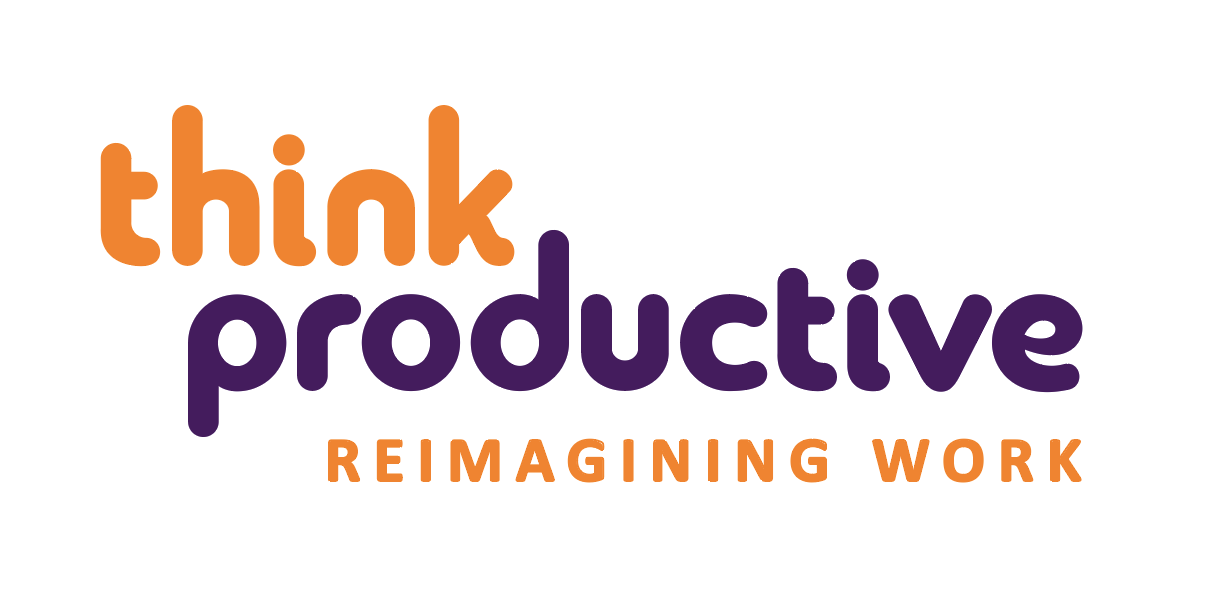As a Productivity Ninja, I relish the opportunity to run Public Workshops – available to all and fabulously good value. Every month or so, Think Productive UK opens its doors to the productively-challenged. We share best practice, challenge embedded thinking and change lives.
I ran a sold-out Public Workshop on October 5th in London. As always, one of the most revelatory parts of the day was covering Context.
Context is king; we are so used to working in Projects that shifting to “Think in Projects; Work in Context” was – as usual – an Aha! moment for the attendees.
When I had explained that the default Contexts should be: @phone, @pc, @errand and @home, a lady asked what we should do if the Next Action was to think about something, rather than do something. Good question – and one that we frequently neglect. I answered that, in that case, the Next Action should be captured in the “@thinking” context.
She seemed happy with this. A few minutes later, I noticed that this lady was putting almost all of her Next Actions into the @thinking Context. Then the penny dropped. Her Next Action wasn’t to think about these things; it was something else, but she was avoiding deciding what that Next Action was, and was using the @thinking Context as a substitute for making any decisions at all about what was required to move a Project forward.
This doesn’t work.
If we fail to do the hard thinking about our Projects up front – and decide what the Next Action is – we will spend our lives in a loop of procrastination, and nothing will happen in any of our Contexts.
Like this? Try these
Feeling disorganised? Try one of our time management training courses
Why We Procrastinate, and How to Stop It – Lifehacker
